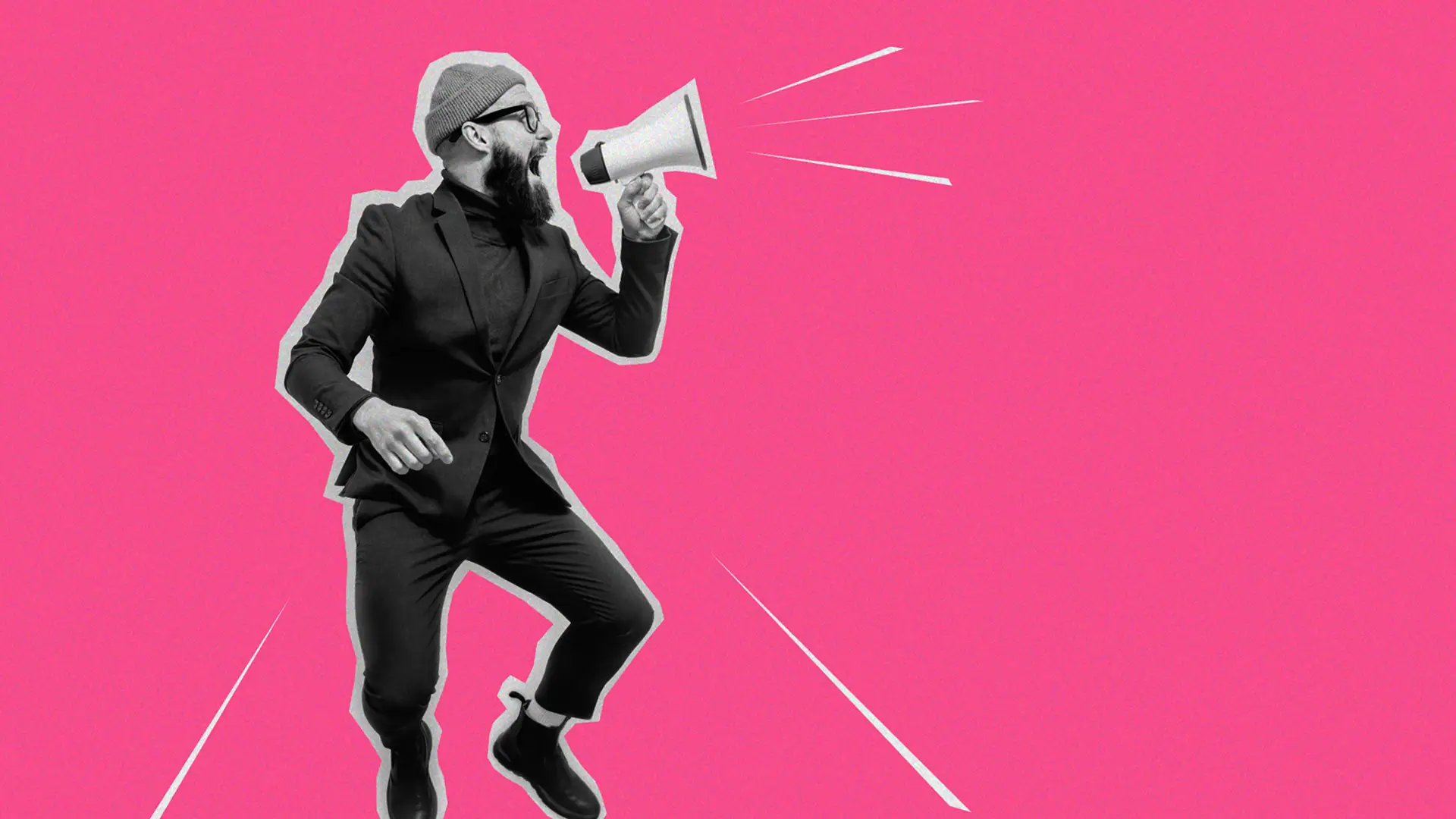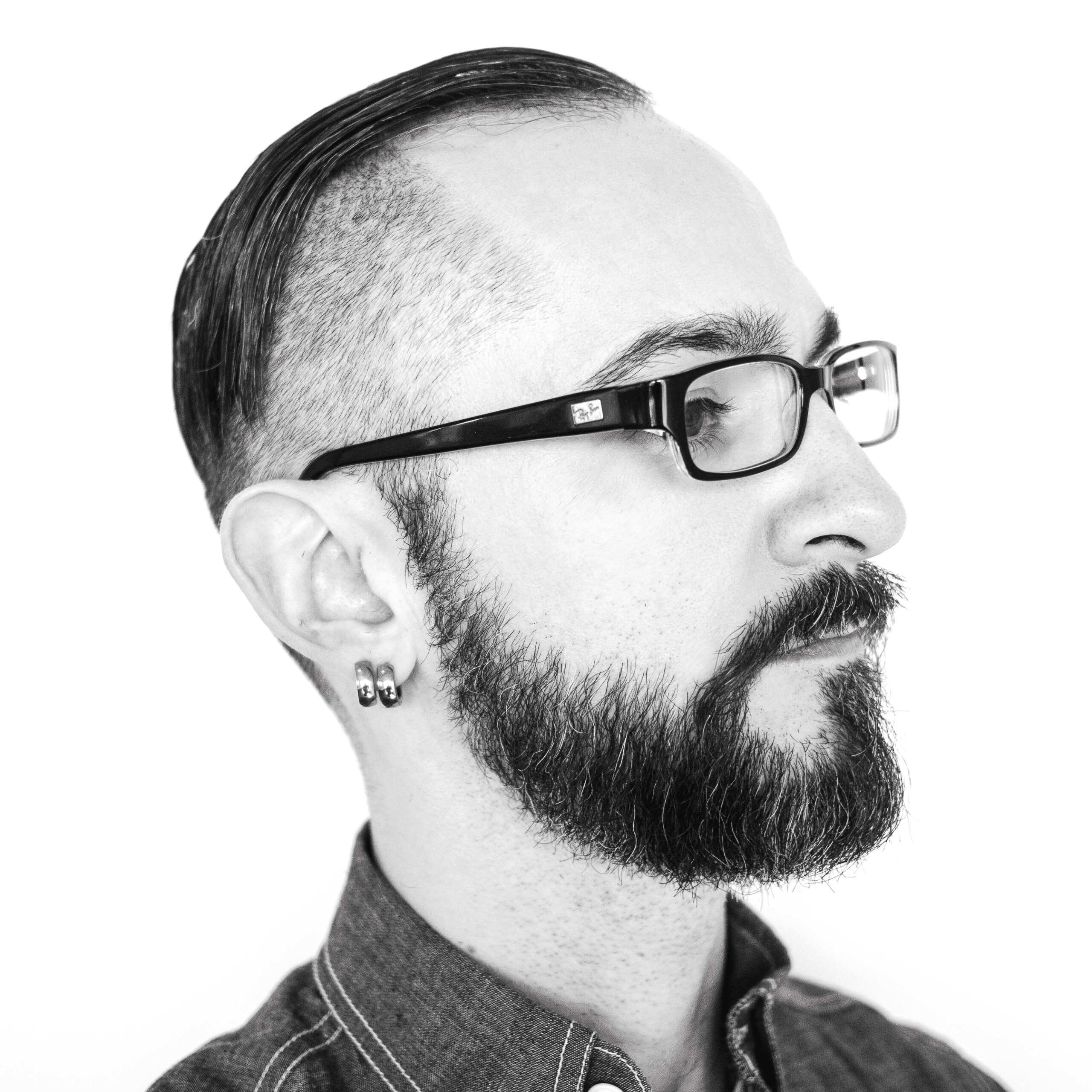

Key Takeaways
- The pandemic caused people to reevaluate their careers and prioritize values-aligned fulfillment in their work.
- Remote work has made it easier for talent to find fulfilling jobs, but businesses must also prioritize connection and alignment with employee values to retain talent.
- Self reflection can help you identify your core values. When you align those values with your work, you're on track to a fulfilling career.
It's known by many buzzword-caliber titles: The Great Resignation. The Great Rethink. The Great Reshuffle. Whatever journalists call it, the common theme is that people have been—and still are—testing the market in droves, largely driven by a mindset of no longer settling. No longer settling for inflexible location-based work, or synchronous-only communication, or lack of fulfillment from either culture or creation. When what's most important—values—don't align between business and employee, disconnection is the result.
Values-aligned fulfillment occurs in how people create and how they can find the place where they'll do their best work. Career fulfillment means connection: at the individual (designers to designers, designers to their work) and business (culture to ethics, culture to employee) levels.
Remote work and the Great Whatever-You'd-Like-to-Call-It have created an environment for talent to find almost any job they want—creating a fulfilling design practice and fostering connection in a remote world are more important than ever.
So what do people really want from workWhy is career fulfillment so important? Because it's bigger than us: in creative jobs, when product, designers, researchers, and service designers are disconnected from their work, those on the receiving end of it can feel the biggest sting of all. When businesses aren't demonstrating their values in action—or re-aligning them to remote or hybrid work environments—employees are just no longer settling. And in mass numbers.
In fact, according to a Pew Research study, via the pandemic and the shift to flexible work dynamics, 65% of workers still say they feel less connected to their coworkers. We've all seen the mass amounts of attrition agnostic of industry, making it even more challenging to maintain connection when so many people are testing the market.
as noted by Harvard Business Review, “In ADP Research Institute's most recent 50,000-person surveys of stratified random samples of working populations around the world, the most powerful predictors of retention, performance, engagement, resilience, and Inclusion, did not include pay or liking one's colleagues or work location or even a strong belief in the mission of the organization.”None of those netted out as significantly as these three points:
- Was I excited to work every day last week?
- Did I have a chance to use my strengths every day?
- At work do I get a chance to do what I'm good at and something I love?
In short: “Was I fulfilled by what, and where, I created.” The answer for businesses in how they can support and connect at the prospect and retention levels is plain as day: provide work that fulfills in an environment that affords the same.
The peril of disconnection for designers
Disconnection can yield breakpoints in visual communication between designer and user that inhibit quality at potentially imperative interaction points. Design, UX, and all its permutations are not disciplines where we can “phone it in,” so to speak, since we can never assume people are going to be engaging with what we create under idyllic circumstances.
For example: Is someone engaging with your experience while holding a smartphone with one hand on the subway? Are they interacting with a vital workflow in the midst of a crisis? The possibilities are, quite factually, infinite. Be it a concert venue poster, a website, or an app icon—design solves the problem of engaging people, agnostic of circumstance, to connect and convey.
Our privilege, then, is that we are in the important position of being the facilitators of fostering that connection, whatever the respective medium might be. Given that, it's our responsibility to ensure we're engaging with people at our best and most fulfilled. To that end, it's vital to understand: what fulfills you? Where can you find your purpose? It's a different answer for everyone because fulfillment is personal; your values are personal. Being able to identify just what your values are is key.
Figure out what fulfills you
What we find is that when connection is at its strongest, your personal values are also at their most fulfilled. That bond is no coincidence: we need to go deeper into just how powerfully your value system drives fulfillment over the course of your career.
The act of helping people? Learning from your mistakes? Let's look deeper at what values drive fulfillment in these cases:
- Have you ever stopped to give someone directions when asked, rather than just pass them by? Why did you feel compelled to help? Perhaps it's because you've been that person before, knowing what it feels like to need assistance (and understanding that it can be hard to ask for it). Putting yourself in the shoes of someone else to understand how they feel is all about demonstrating empathy.
- We all make mistakes; “To err is human,” as Alexander Pope wrote. There are effectively two ways to respond to a misstep, however: we process, learn, and evolve, or we let the opportunity slip and cyclically repeat the error.
You have a focus on improvement, mindful of your evolution: this is all about growth.
The beautiful thing is that your identified values can then be leveraged in so many ways:
- informing which questions you ask during your next job interview
- serving as an objective gut check when you feel the connection to your work waning
- determining if the business you're employed by is ethically operating in unison with what's most important to you
When you're able to identify what's meaningful to you, your work, and the environment in which you'll be producing it—remote, hybrid, or in person—you're putting yourself on the right track for a fulfilling career.
Related

Pharma telehealth opens doors to more direct communication.
Insights & Trends, Marketing & Creative

Tips for hiring the best candidate: spotting interview red flags.
Managing & Leading Teams, Recruiting & Hiring

How our recruiters hire the best Marketing Directors.
Marketing & Creative, Recruiting & Hiring

